The main use of a condensate pot is for maximizing the accuracy of differential pressure flow measurement on steam (or vapor) applications.
They are used to ensure that the condensation of steam in the impulse lines does not impair the ability to accurately sense differential pressure fluctuations and to minimize gauge line error because of differences between pairs of impulse lines.
Condensate Pot
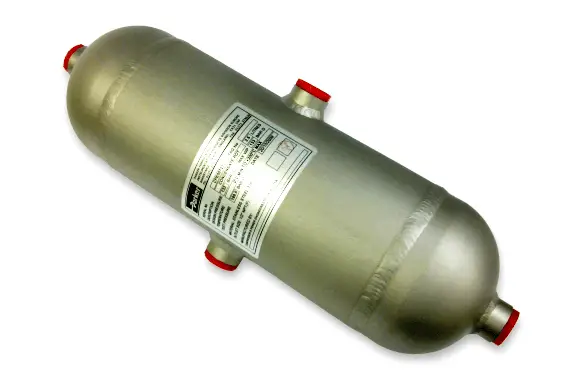
The theory of operation for condensate pots is that between the process taping and the pot is a steam vapor. Between the pot and the differential pressure transmitter is water (liquid) which eliminates any measurement errors due to a liquid/vapor mix at the measurement device.
In order for this to work correctly, both high-pressure (HP) and low-pressure (LP) impulse lines should be the same length. Thus, eliminating pressure head errors. One condensate pot will be required for each impulse line.
How to Install a Condensate Pot?
Installation can be either vertical or horizontal lines between the primary (Flow Meter) and the secondary (transmitter/ gauge) to act as a barrier to the line fluid permitting direct sensing of the flow conditions.
These Units should be mounted at the same level minimizing possible errors that could arise due to unequal head of fluid in the connecting pressure lines.
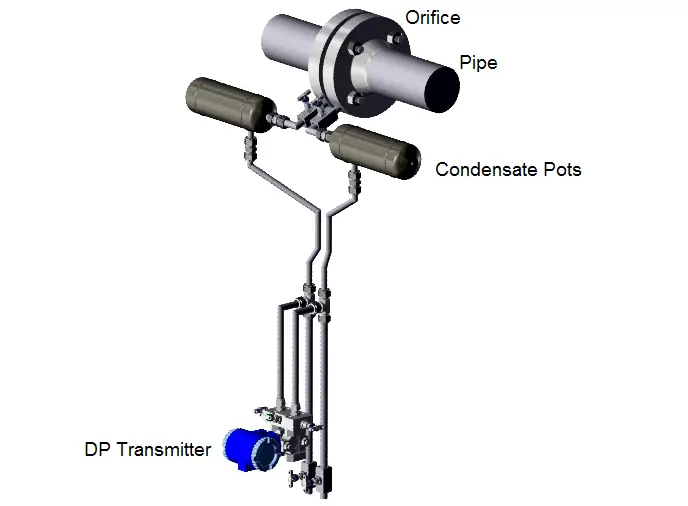
1. Evaluate the number of connections required on the condensate pot before ordering (inlets, outlets, fill port, drain port, gas vent port, etc)
2. Define condensate pot volume in liters and system pressure and temperature requirements.
3. Consider the need to trace heat and insulate all impulse lines.
4. Consider the need to add an anti-freeze media such as glycol to the water lines.
5. Keep vapor impulse lines as short as practicable.
6. Ensure both condensate pots are mounted at the same level. The higher connection point should be the reference. Consider both Vertical and horizontal steam pipelines.
7. The differential pressure measuring device (DP) should be mounted below both the condensate pots and the steam pipeline.
8. It is recommended that both impulse lines from the condensate pot to the DP include the facility for ‘blowdown’. Blowing down these lines periodically ensures that the collection of debris is prevented from impacting the measurement accuracy.
Condensate Pot Applications
The condensate pots also help us to trap any foreign material from the pipeline, preventing damage to the sensitive instrumentation components.
The condensate is drained from the bottom valve connection and is suitable for use with ball valves, which act as the drain port.
Source: Parker
If you liked this article, then please subscribe to our YouTube Channel for Instrumentation, Electrical, PLC, and SCADA video tutorials.
You can also follow us on Facebook and Twitter to receive daily updates.
Read Next:
- Types of Flow Devices
- Coriolis Mass Transmitter
- Paddle Wheel Flow Meter
- Flow Nozzle Principle
- Venturi Meter Animation
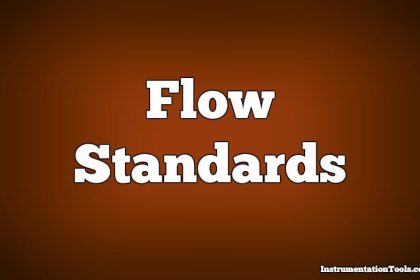
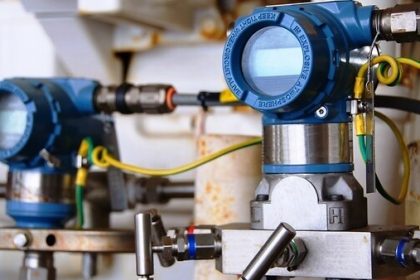
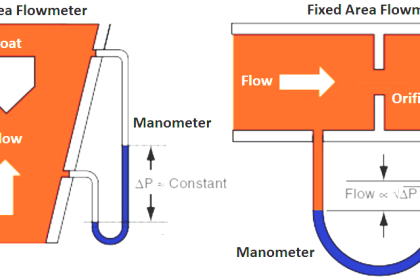
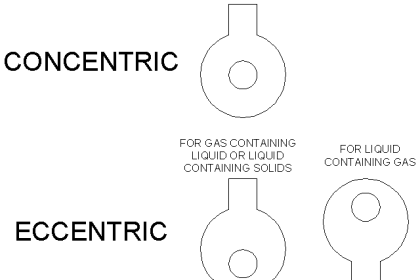
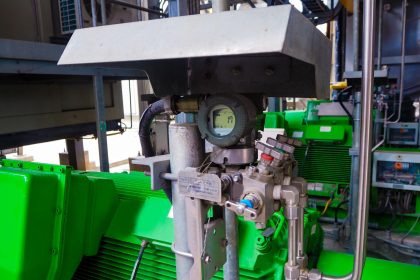

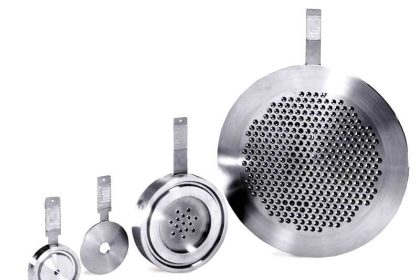
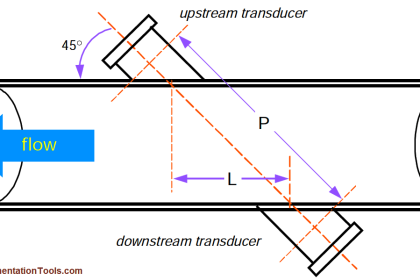
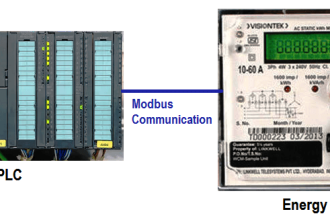

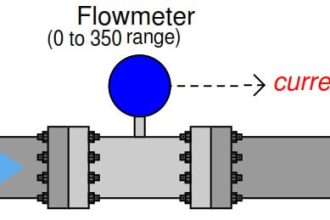

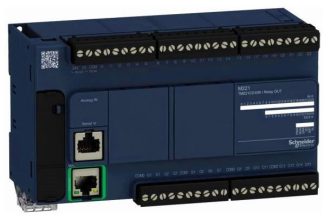
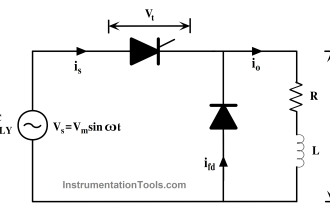
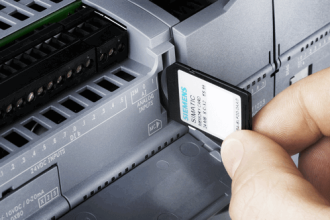
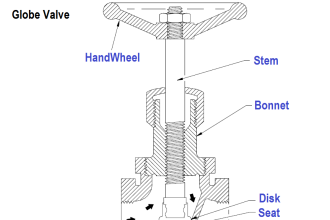

Thank you for the lesson.
Is it a fact that condensate pots should not be insulated for their proper operation?
Correct. You want the condensate pot uninsulated so the steam will condense to water in the condensate pot like it’s supposed to. If it is insulated, you are not allowing the heat to dissipate and therefore the steam remains steam and can affect your reading.
Insulators are usually not aware of this requirement so they will insulate everything. On my last project, we had to go back and remove insulation on all of our steam line condensate pots.
Hi, can I use condensate pot for the dp flow meter of gas service